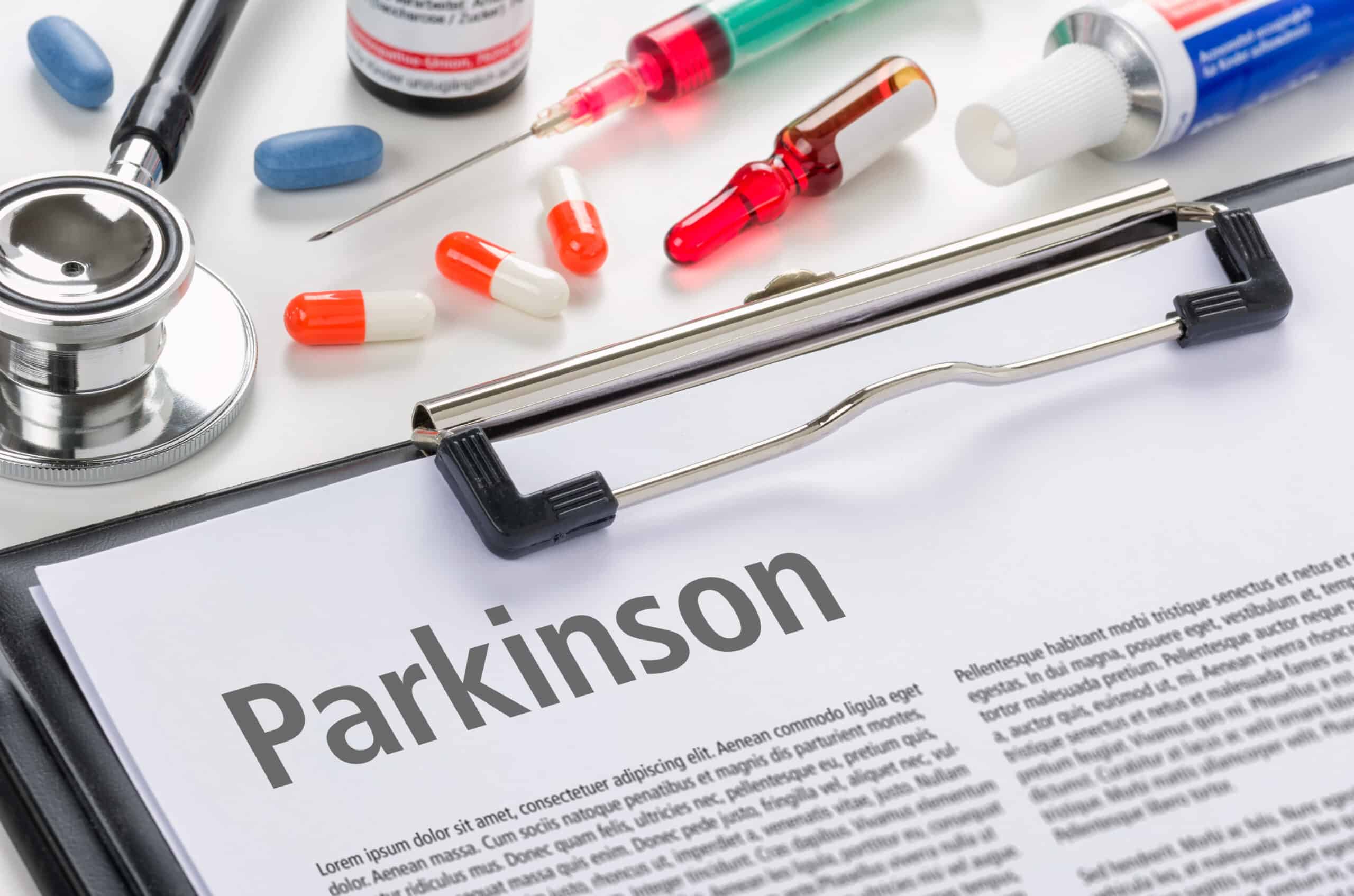The National Institutes of Health (NIH) says that over half a million people have Parkinson’s disease in the US with approximately 50,000 new diagnoses per year. While there is no cure as yet scientists around the world are looking for treatments and cures.
In fact, new research from the University of Dundee in Australia collaboration with University of Cardiff in the United Kingdom has discovered that the drug niclosamide (used for tapeworms) contains a molecule that may help prevent the nerve damage in Parkinson’s disease. The protein that’s called PINK1 may be an answer. Their study, “The Anthelmintic Drug Niclosamide and its Analogues Activate the Parkinson’s Disease Associated Protein Kinase PINK1,” was published in the journal ChemBioChem. Niclosamide is a safe and approved tapeworm, drug who’s research proves it has a positive effect on cellular mitochondria.
The team was led by Dr. Youcef Mehellou, from Cardiff’s School of Pharmacy and Pharmaceutical Sciences, and Dr. Miratul Muqit, who is a consultant neurologist at the MRC Protein Phosphorylation and Ubiquitylation Unit in the School of Life Sciences at the University of Dundee and Erica Barini is the first author of the paper, and the research was published in the journal iChemBioChem.
Researchers found mutations of the PINK1 gene were linked to Parkinson’s. Mutations of the PINK1 gene grow inside the mitochondria of brain cells and damage them. These (inherited) mutations are thought to be an autosomal recessive disorder even though only 10% of Parkinson’s patients have a history within their family.
The scientists are still working on a targeting mechanism to improve how the protein works in Parkinson’s patients. The Cardiff University and University of Dundee researchers prepared two batches of lab-grown cells that contained a Parkinson’s gene called Parkin. They treated the cells with different concentrations of niclosamide and a niclosamide-like compound, called AM85, which activated PINK1 in the cells. Using the same procedure, the researchers sought to prove that the treatment might also work in brain cells; which it did.
The findings strongly indicate niclosamide and its analogues are good adjuncts for working on the PINK1 pathways and may lead to strong therapies for Parkinson’s disease. PINK1 may be able to stop the associated neurodegeneration of the disorder.
This study is a great first step, however much more work has to be done to activate PINK1 for Parkinson’s treatment.




